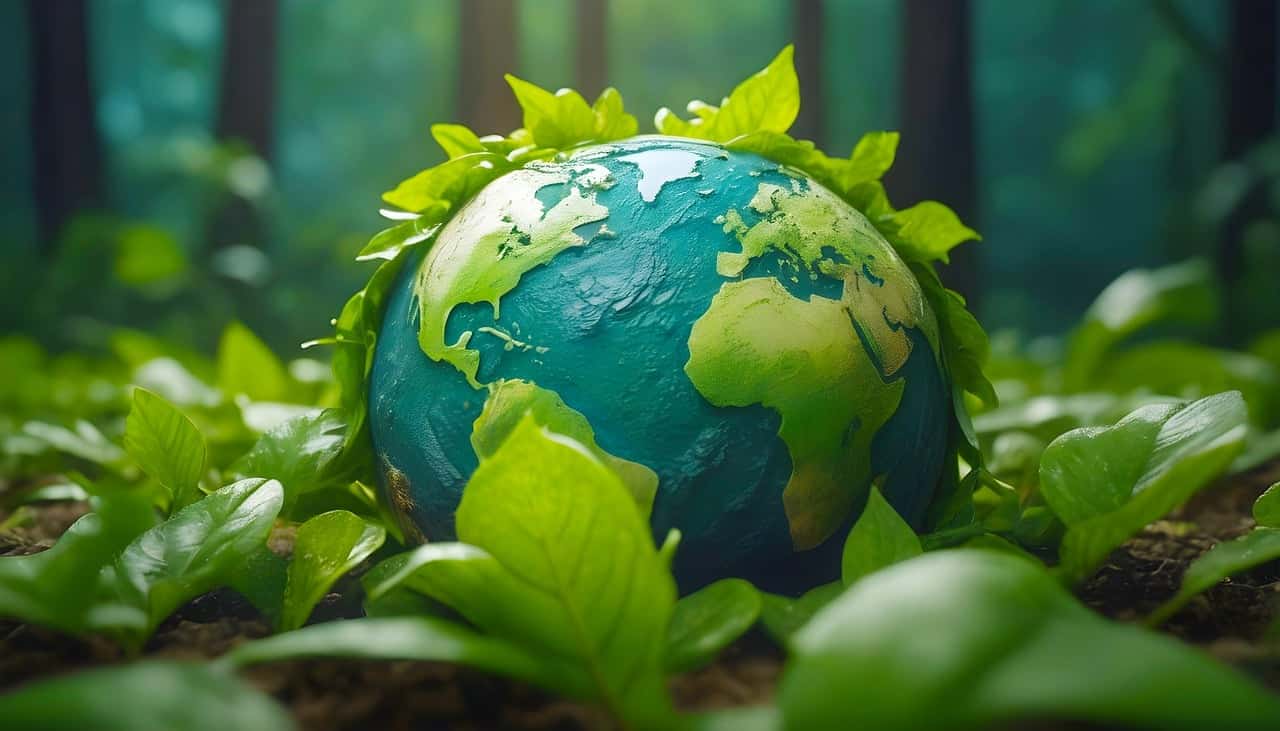Matt James, the chief animal officer at Colossal Biosciences, the world’s first de-extinction company — a $1 billion startup well known for its efforts to revive the woolly mammoth, Tasmanian tiger, and dodo — recently joined conservationist Steven Rinella on an episode of “The MeatEater Podcast.”
Throughout the over two-hour discussion, James explained the intricacies of de-extinction, bringing back the woolly mammoth, and how Colossal’s efforts have informed modern conservation tactics.
IMAGE: SUMEET MANHAS (AI)
De-Extinction: A Nature-Based Solution
With de-extinction often evoking thoughts of a cinematic scenario, Colossal Biosciences is frequently questioned as to why it’s attempting such an ambitious project. What’s typically understated is that restoring keystone species like the three the company is focused on can have a resounding impact on local biodiversity.
“It’s not a novelty. We’re facing this enormous biodiversity crisis and we’re missing species,” James said. “I think the Tasmanian tiger is such a great example of this. The loss of an apex predator led to certain imbalances in Tasmania … Things like wildlife disease are running rampant today. Things like prey overpopulation are happening … And so finding solutions, nature-based solutions for how we can restore ecosystems, is really the focus of what the company’s doing. And we’re doing it in a really fun, flashy way.”
“And so that’s the big idea,” James said about the park. “The scale for that to happen in the Arctic and be this massive global solution to climate change would be really untenable, but I think that the idea is that we can find targeted areas where we can help impact those things.”
While de-extinction is a multistep process reliant on robust advancements in genomics, epigenetics, artificial breeding, and more, Colossal Biosciences recognizes that each step forward in the process can inform the conservation of some of today’s most endangered species.
By focusing on goals as ambitious as the woolly mammoth’s return, James believes the company has attracted a new level of attention to the conservation movement — translating to tangible impacts.
“In three years, we’ve raised $225 million for conservation technology. In my 15 years prior, we probably raised $5 million. So the scale has been really helpful because of the moon-shot aspect,” James explained.
“And then also along the way of this amazing project, we’re developing technologies and innovations that are applicable every single day to currently imperiled species. And so it really becomes this engine of innovation and investment for endangered species conservation.”
Extinction’s Insurance Policy
Part of what makes de-extinction such a complicated process is that it works with DNA from fragmented and dead cells, leaving genomic sequencing difficult and cloning impossible. To combat this, Colossal is heavily invested in expanding global biobanking as “the insurance policy against extinction.”
“That’s the beauty of biobanking, the idea is we need to take snapshots today,” James noted. “Today, what is the biodiversity that exists? And not just the Noah’s Ark of one by one. We don’t need one male and one female. We need the largest population representation we can get.”
This process — which involves the collection and storage of the living cells and tissue of current critically endangered species — can be leveraged to confer genetic diversity back into a species that would otherwise be doomed to extinction while also ensuring that newly extinct species have a pathway to cloning.
A prime example of the value of biobanking is the northern white rhino, a subspecies down to two related females, Najin and Fatu.
While neither of the pair can carry offspring, using their harvested eggs and sperm biobanked from the living cell lines of 12 deceased male rhinos, scientists at the international consortium BioRescue, in collaboration with Colossal Biosciences, have developed northern white rhino embryos that can be implanted into the subspecies’ southern counterpart.
To test the viability of rhino in vitro fertilization, BioRescue recently implanted a surrogate southern white rhino with an embryo of its own subspecies using a teaser bull to simulate typical mating behaviors.
While both the surrogate and bull later died from an unrelated bacterial infection, the surrogate had been pregnant with a 70-day-old fetus, indicating the success of the project as the world’s first rhino in vitro fertilization pregnancy.
“So this was a southern white embryo into a southern white female. But that was the proof point we needed to say, ‘OK, now we can use the really valuable tissues,’” James commented. “So the next step is we’re going to put northern white embryos into southern white females and make more northern white rhinos. So that’s the conservation.”
A Colossal Chance at Evolution
With as many as 2,000 extinctions per year, it’s evident that species cannot keep up with the rapidly changing modern environment, leading to devastating losses that reverberate throughout entire ecosystems.
As Colossal Biosciences continues to pioneer the de-extinction process with the anticipation of the woolly mammoth, Tasmanian tiger, and dodo, it remains steadfast in developing the tools to accelerate adaptations and avoid extinction.
While the company is often criticized for its unorthodox approach to conservation, with how things are going, disruptive measures may be the only way to take pressure off the Earth’s species.
As Matt James put it, “We need to find solutions. We need to begin to say, ‘How can we support nature to be more resilient?’ Because nature, given time, space, opportunity, will evolve … And so what we’re looking to do is to provide engineering solutions to accelerate evolution, to provide nature a chance to keep up with humanity, which is really difficult.”
“We’re falling behind every year, and we need to do something, maybe a little more drastic, and that’s what Colossal’s providing right now.”


COMMENTS